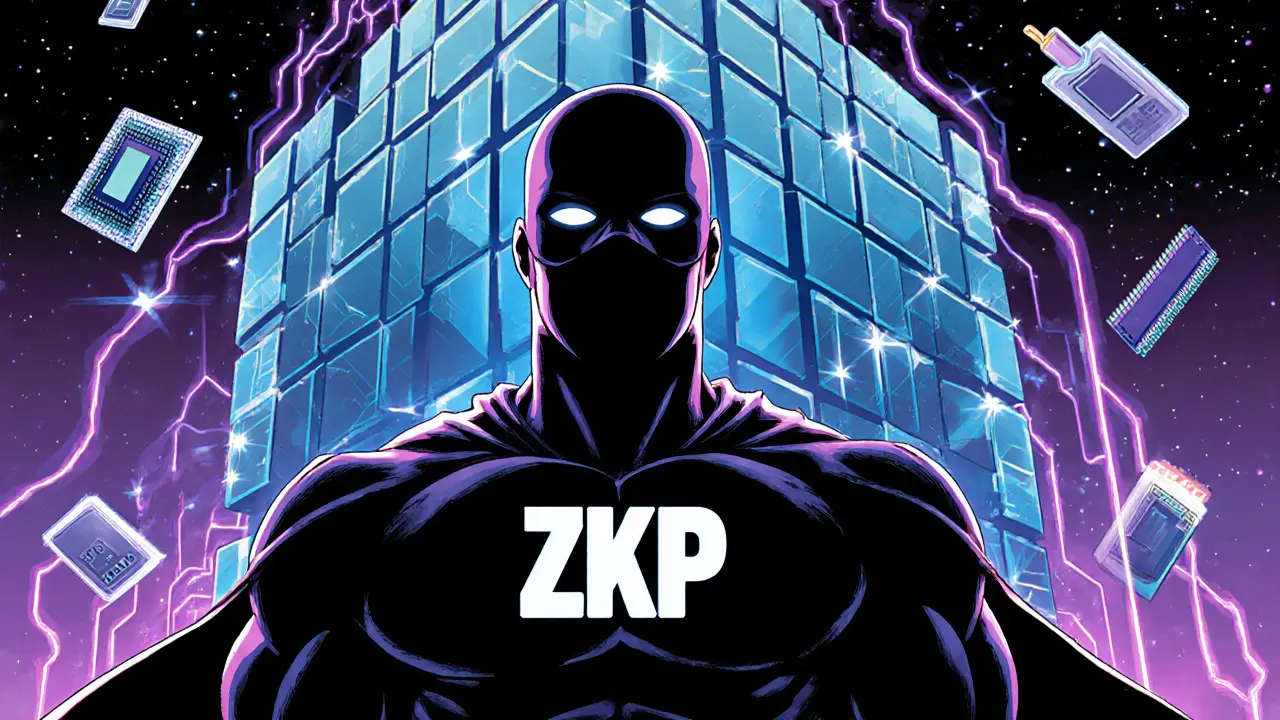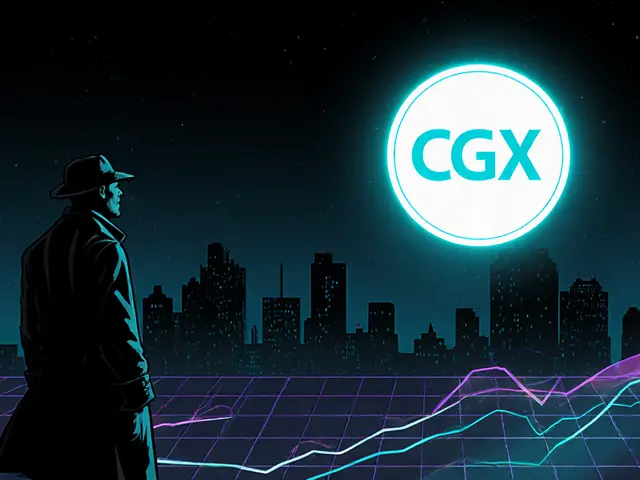Computational Cost: What It Means for Crypto, Blockchain & Trading
When dissecting computational cost, the amount of processing power, time, and resources needed to run an algorithm or keep a network alive, you quickly run into its cousins: energy consumption, the electricity burned by mining rigs or data centers, hardware requirements, the GPUs, ASICs, or secure modules that must be bought or rented, and algorithmic complexity, the theoretical steps an algorithm must take, usually expressed as Big‑O. All four shape how you budget, scale, and protect any digital‑finance project.
Why does this matter? Computational cost directly influences energy consumption, which means your electricity bill can explode if the code isn’t efficient. At the same time, higher algorithmic complexity forces you to upgrade hardware, adding capital expense. In practice, a trader who runs sentiment‑analysis models on a laptop will face slower signals and higher latency, while a blockchain developer who ignores scalability will see the network choke as transaction volume grows.
Key concepts that intersect with computational cost
Scalability is one of the biggest buzzwords in crypto, and it’s basically a measure of how much computational cost a system can handle before performance drops. Latency, the delay between an action and its result, grows when you overstretch your hardware. Cloud pricing adds another layer: you pay per CPU hour, so inefficient code becomes a hidden cost sink. Regulatory compliance, especially in jurisdictions with strict AML/KYC rules, adds extra data‑processing steps, nudging the computational cost upward.
Let’s map a few real‑world examples. Mining Bitcoin on outdated ASICs wastes electricity because the hash rate per watt is low, while newer models shave off both energy use and time – a clear win on computational cost. Quantum‑ready blockchains aim to replace some heavy cryptographic operations with quantum‑resistant algorithms, hoping to cut the number of calculations each node must perform. Likewise, hardware security modules (HSMs) protect private keys but require dedicated processing cycles, raising the baseline hardware requirement.
When you build a trading bot, you’ll choose between on‑premise servers and cloud instances. An on‑prem setup may have higher upfront cost but lower per‑trade computational expense if you tune the code. A cloud solution offers flexibility but can become pricey if the bot runs heavy natural‑language‑processing models for sentiment analysis, because each extra CPU second adds to the bill.
In the world of DeFi, total value locked (TVL) metrics hide the underlying computational load. More locked value means more contracts executing, which spikes gas fees – a direct symptom of rising computational cost on the Ethereum network. Projects that optimize smart‑contract code see lower gas fees, better user experience, and healthier ecosystems.
Below you’ll find a curated set of articles that dive deep into each of these angles – from hardware security modules and quantum‑ready blockchains to sentiment‑analysis pipelines and regulatory cost considerations. Explore the guides to see how you can measure, reduce, and manage computational cost in your own crypto or trading projects.

Explore how zero‑knowledge proofs affect CPU, memory and bandwidth on blockchains, compare SNARK and STARK costs, and learn practical ways to cut prover and verifier overhead.
Continue Reading





